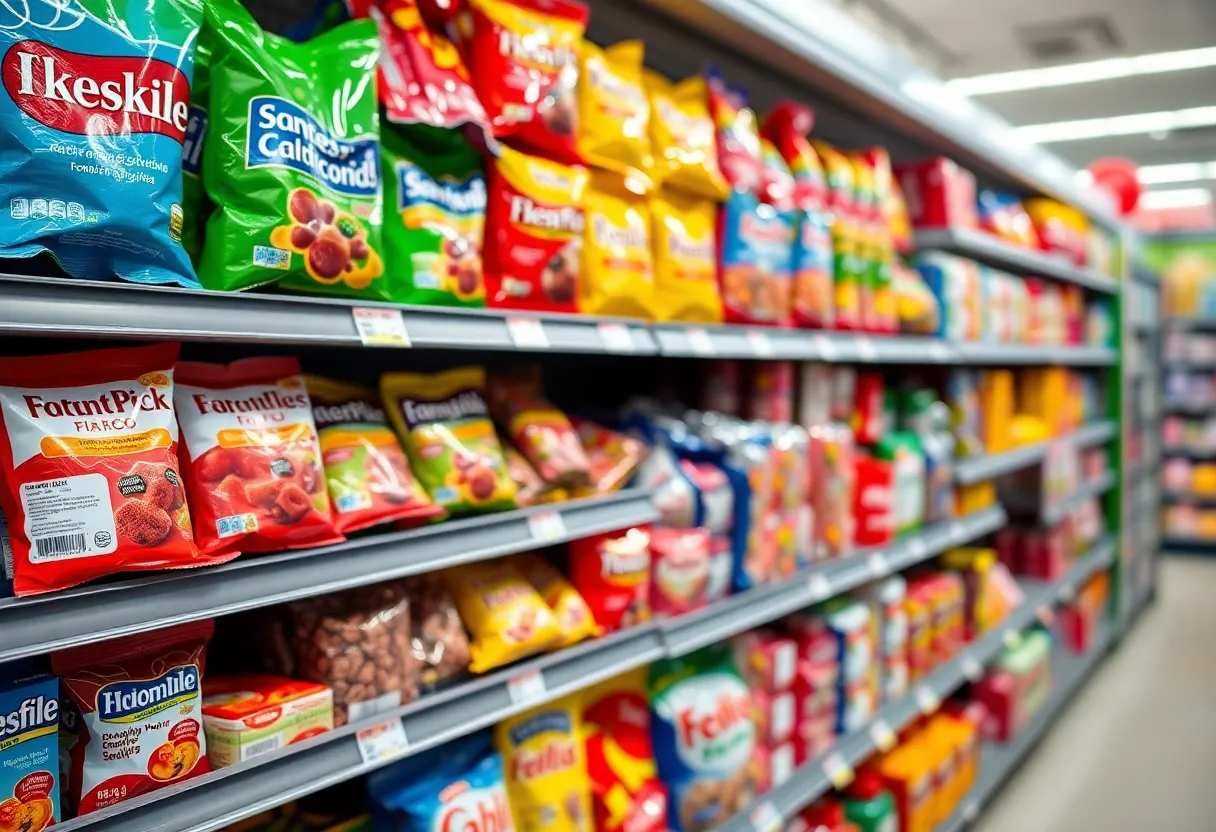News Summary
The FDA has officially banned Red Dye No. 3, also known as erythrosine, in food, drinks, and drugs due to studies linking high doses to cancer in lab rats. This decision, effective from January 15, 2027, follows a similar ban in California and raises concerns about the health risks, especially for young children who consume more of this dye. As manufacturers prepare to transition away from Red No. 3, the FDA is exploring safer alternatives to ensure food safety.
FDA Bans Red Dye No. 3 Due to Cancer Concerns: What’s Next?
In a significant move, the FDA has announced a ban on Red Dye No. 3, also known as erythrosine, in food, drinks, and ingested drugs in the United States. This decision, effective as of January 15, comes on the heels of studies indicating a potential link between high doses of this synthetic dye and cancer in laboratory rats. Although studies haven’t definitively linked Red No. 3 to cancer in humans, the findings raised enough concerns for the FDA to take action.
What Triggered the Ban?
This ban follows a similar decision made by California in 2023, which allowed manufacturers some time to reformulate their products before the state’s ban takes effect in 2027. As part of the push against synthetic dyes, California has also prohibited six other dyes, including Red 40 and Yellow 5, in public schools starting in 2024. Red No. 3 has been a topic of concern for years; in fact, it has already been banned in cosmetics since 1990 due to its potential cancer risk. The FDA has cited the Delaney Clause, which prevents additives found to induce cancer in either humans or animals, as a major justification for this action.
Understanding the Risks
While it’s important to note that studies have not established a direct cause-and-effect relationship between Red No. 3 and cancer in humans, the potential risks observed in rats cannot be completely overlooked. The FDA assured that the mechanism leading to cancer in rats does not necessarily translate to humans, as human exposure levels are significantly lower compared to those in the studies. However, the number is still concerning, as approximately 215,780 pounds of Red No. 3 were used in the food and drug industries back in 2021.
Who Is Affected?
Interestingly, young children are likely to be the most affected. Children aged 2 to 5 consume about double the amount of Red No. 3 on a body-weight basis compared to the general population. Popular snacks and candies, including Dubble Bubble gum and Fruit by the Foot, contain this dye, posing further questions about the risks for our little ones.
What Happens Next?
Manufacturers will need to remove Red No. 3 from all food by January 15, 2027, and from drugs by January 18, 2028. As part of this transition, they are looking into alternatives such as natural food colors like carmine, betacyanins from beets, and anthocyanins from fruits. Even though Red 40 is still on the table as a synthetic option, it has not been linked to the same dangers attributed to Red No. 3.
Future of Food Safety
The FDA is ramping up efforts to ensure the safety of food dyes. They have eight color additives currently approved for market use, which include FD&C Blue No. 1, Blue No. 2, and Yellow No. 6. Meanwhile, advocacy groups continue to voice concerns about potential risks associated with other food dyes, particularly their possible links to hyperactivity in children.
Conclusion
As we move into a future with stricter regulations on food colors, it’s essential to stay informed about what’s in our food and drink. The ban on Red No. 3 marks a significant step towards greater food safety, showing that authorities are taking health risks seriously. While the ban might create changes on the shelves at our local stores, manufacturers are already on the path to ensure safer alternatives are available by the deadlines. Remember to check your favorite snacks and stay tuned for the colorful changes that are on the horizon!
Deeper Dive: News & Info About This Topic
- CNET: 9 Foods That Contain the Now Banned Red Dye No. 3
- Wikipedia: Erythrosine
- Forbes: FDA Bans Use of Red Dye No. 3 in Foods
- Encyclopedia Britannica: Dye
- CNN: Red Dye No. 3 Ban FDA Wellness
- Google News: Red Dye No. 3
- USA Today: Red No. 3 FDA Ban
- Google Search: FDA ban red dye no 3
- Lake County News: FDA Bans Red 3 Dye
- Google Scholar: Red Dye No. 3








